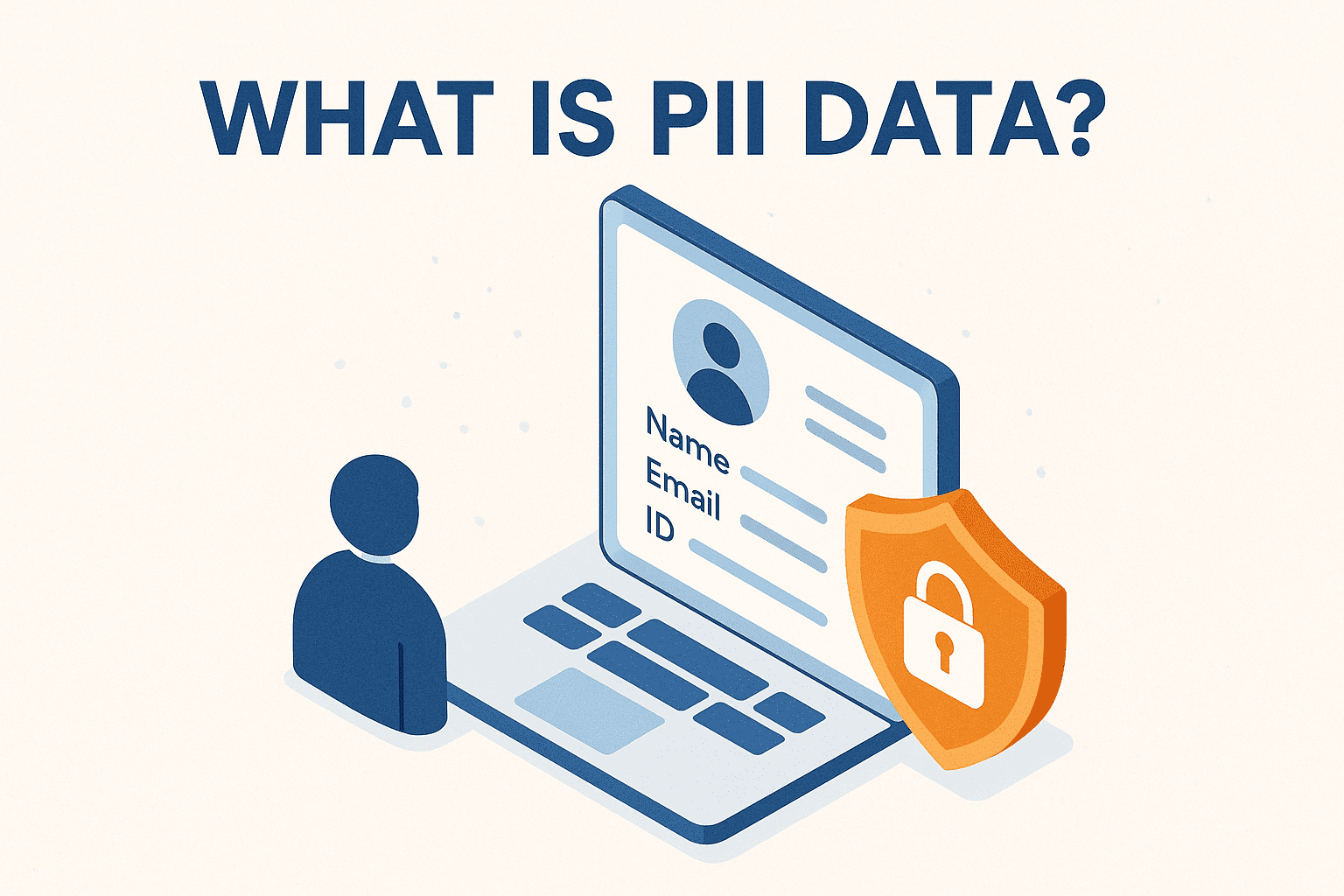What is Stemming? A Simple Guide to Understanding the Concept
Updated on August 14, 2025, by Xcitium

What is Stemming: Have you ever searched for “run” and also got results for “running” and “runner”? That’s not magic — it’s stemming at work. In the world of search engines, natural language processing (NLP), and cybersecurity threat intelligence, stemming plays a major role in interpreting words, enhancing accuracy, and speeding up results.
Whether you’re building a search tool, analyzing threat logs, or simply curious about how text processing works, understanding stemming can give you an edge.
What is Stemming?
Stemming is the process of reducing a word to its base or root form by removing prefixes or suffixes.
- Example: “connected”, “connection”, and “connecting” → connect.
- The goal is to ensure that different variations of a word are treated as the same during indexing or analysis.
Stemming is often used in:
- Search engines to match queries with relevant content.
- Spam filtering to detect variations of keywords.
- Cybersecurity for log and alert analysis, especially when matching threat indicators.
Why Stemming is Important in Technology
- Better Search Results – Makes search engines smarter by returning related results.
- Efficient Data Processing – Reduces data size by eliminating repetitive variations.
- Improved NLP – Enhances machine learning models by standardizing word forms.
- Cybersecurity Applications – Helps identify related keywords in phishing or malware campaigns.
How Stemming Works
Stemming uses algorithms that apply specific rules to trim words. Popular stemming algorithms include:
1. Porter Stemmer
One of the most widely used stemming algorithms. It applies a series of rules in multiple steps to remove common word endings.
Example:
- “studies” → studi
- “studying” → studi
2. Snowball Stemmer
An improvement over the Porter Stemmer, offering cleaner and more consistent results.
3. Lancaster Stemmer
A more aggressive approach, sometimes over-stemming and losing meaning.
Stemming vs. Lemmatization
While stemming cuts words down to a base form, lemmatization considers the meaning and reduces words to their dictionary form.
| Feature | Stemming Example | Lemmatization Example |
| Cuts word endings | “better” → “bett” | “better” → “good” |
| Based on rules only | Yes | No (uses vocabulary & grammar rules) |
| Accuracy | Lower | Higher |
For search optimization, stemming is faster. For AI & deep text understanding, lemmatization is more precise.
Examples of Stemming in Action
Search Engine Example
- Query: “running shoes”
- Without stemming: Returns only pages with “running”.
- With stemming: Also returns pages with “run” or “runner”.
Cybersecurity Example
- Searching logs for “hacking” might also return “hacker” or “hacked” due to stemming.
Pros and Cons of Stemming
Advantages:
- Speeds up text processing.
- Improves recall in search results.
- Handles large datasets efficiently.
Disadvantages:
- Can be too aggressive and lose meaning (“university” → “univers”).
- Not as precise as lemmatization.
Best Practices for Using Stemming
- Know Your Use Case – For speed and large datasets, stemming works well.
- Combine with Stop Word Removal – Helps clean the text further.
- Validate with Real Data – Test stemming output to avoid over-trimming.
- Pair with Synonym Matching – Improves search and analysis accuracy.
Frequently Asked Questions (FAQ)
1. Is stemming still used in modern search engines?
Yes. Even with advanced AI, stemming helps speed up results and improve keyword matching.
2. What’s the main drawback of stemming?
It can over-trim words, producing unnatural root forms.
3. Is stemming language-specific?
Yes. Different languages have different stemming rules.
4. Should I use stemming for AI models?
It’s useful for simpler models, but lemmatization is often better for semantic tasks.
Final Thoughts
Stemming might seem like a small part of text processing, but its impact is huge. From improving search engine accuracy to speeding up cybersecurity analysis, it’s a powerful tool in the background of many technologies we use daily.
If your business relies on data, search, or security intelligence, understanding and implementing stemming could make your processes faster, smarter, and more reliable.
Boost Your Cybersecurity Intelligence with Xcitium
Protect your organization with cutting-edge tools that make sense of vast amounts of threat data.
👉 Request a free demo today









![what is wireless lan]](https://www.xcitium.com/blog/wp-content/uploads/2025/07/what-is-wireless-lan.png)





